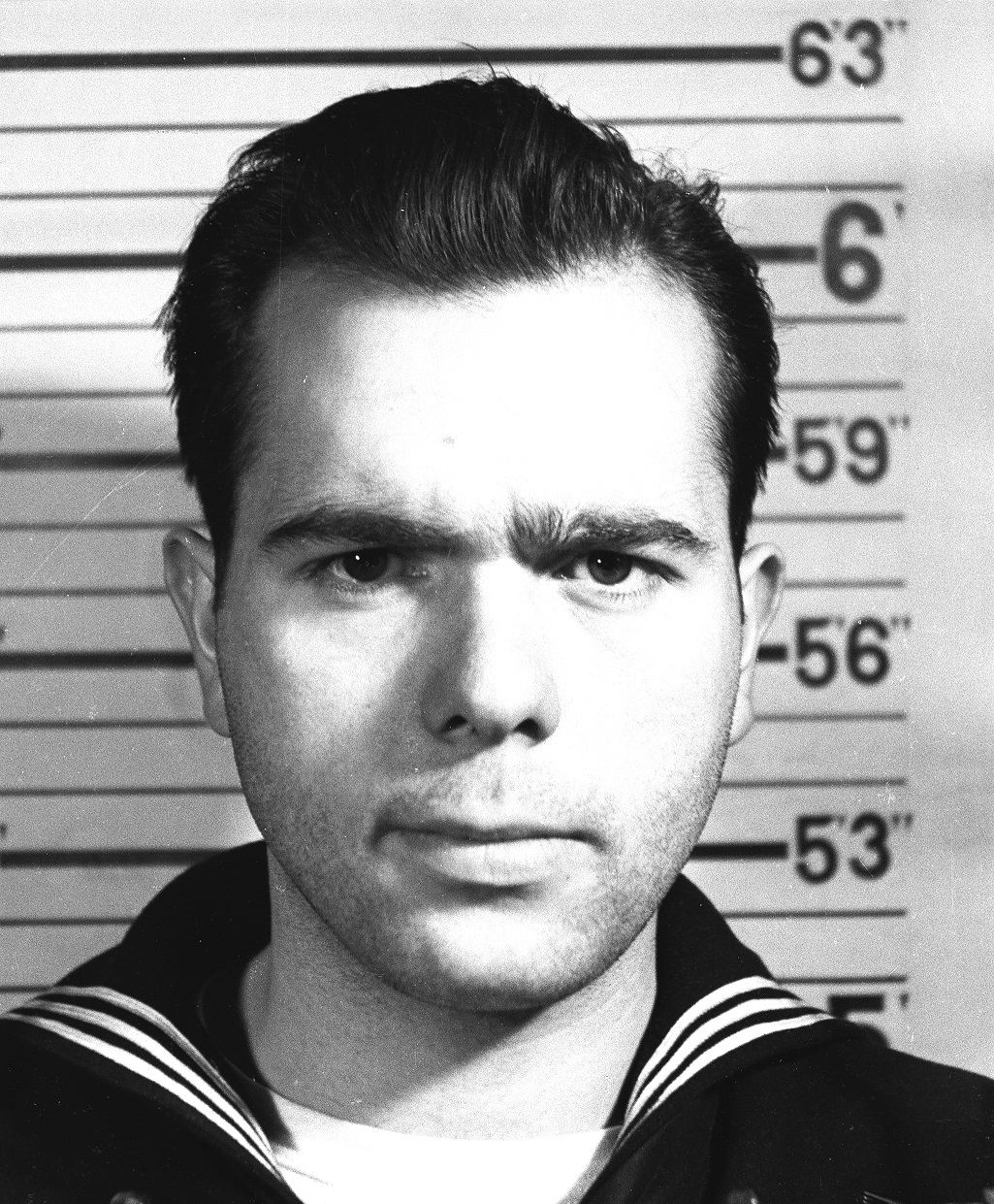 In the spring of 1942, 22-year-old Joseph Tezanos, a factory worker and Spanish immigrant, enlisted in the U.S. Coast Guard. His life would change forever. By the end of the decade, Tezanos would be a highly decorated war hero, a survivor of one of World War II’s worst accidental disasters, and one of the first Hispanic American officers in the U.S. Coast Guard. Tezanos’ story is the American dream realized.
In the spring of 1942, 22-year-old Joseph Tezanos, a factory worker and Spanish immigrant, enlisted in the U.S. Coast Guard. His life would change forever. By the end of the decade, Tezanos would be a highly decorated war hero, a survivor of one of World War II’s worst accidental disasters, and one of the first Hispanic American officers in the U.S. Coast Guard. Tezanos’ story is the American dream realized.
By May of 1943, after a variety of temporary assignments, Joseph Tezanos received orders to report to New Orleans. He was assigned to a new landing ship tank (LST), a large ocean-going landing craft whose abbreviated letters designated it as a “landing ship-tank.” By July, Tezanos and his shipmates on board LST 20 would be part of a convoy headed for the Alaskan theatre of World War II.
While serving aboard LST 20, Tezanos became a gunner’s mate, the most dangerous rating possible on a World War II LST. Tezanos saw action and managed to survive some of the bloodiest amphibious operations of World War II, including landings on enemy held islands at Kiska, Alaska, Tarawa Atoll in the Gilbert Islands, and Kwajalein Atoll in the Marshall Islands. At Tarawa, LST 20 supported the Marines as they slugged their way through what noted Coast Guard historian Malcolm Willoughby termed “one of the most intensely fought amphibious operations of the entire war.”
In April 1944 LST 20 was moored near an armada of transports and LSTs in West Loch, Pearl Harbor. The ships were assembling for a top-secret operation named “Forager,” which would support the invasion of Saipan, in the Mariana Islands chain. Allied naval planners expected to be one of the most hotly contested landings of the Pacific Theater’s island-hopping campaign. On Saturday, May 21, before the armada set sail, an explosion on board one of th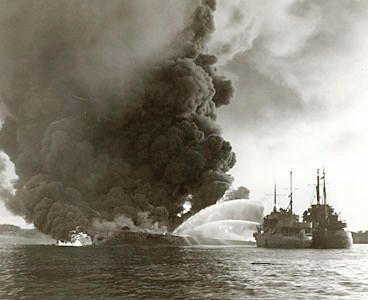 e LSTs set off a chain reaction among the heavily loaded transport vessels.
e LSTs set off a chain reaction among the heavily loaded transport vessels.
The ensuing cataclysm resulted in the largest accidental explosion of the war in terms of lives lost, including approximately 600 wounded and dead. After the explosion, Tezanos scrambled aboard a rescue boat along with a crew of hastily assembled volunteers. The small boat and its intrepid crew steamed into harm’s way despite the risk of being burned alive or blown up. Tezanos and his shipmates rescued men from the water in danger of drowning and evacuated others from the burning ships. Tezanos received multiple burns in the line of duty while saving over 4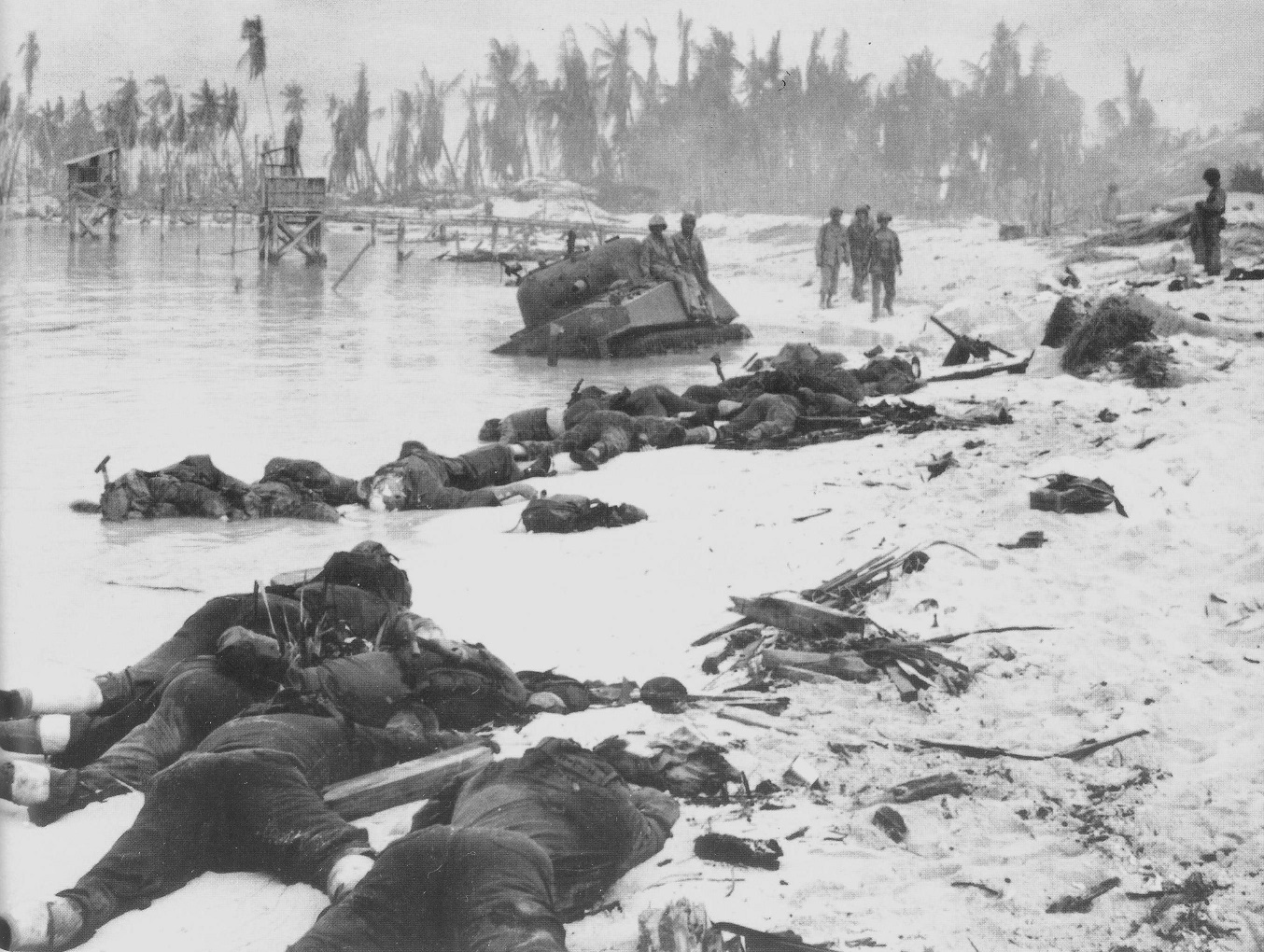 0 victims of the disaster.
0 victims of the disaster.
For his actions that day, Tezanos received the Navy & Marine Corps Medal, the highest medal awarded to Navy personnel for wartime rescue operations. He also received a commendation letter from Coast Guard Commandant Russell Waesche and a citation personally signed by the famous Fleet Admiral Chester W. Nimitz, which reads in part: “[for] distinguished heroism while serving as a volunteer member of a boat crew engaged in rescue operations during a fire in Pearl H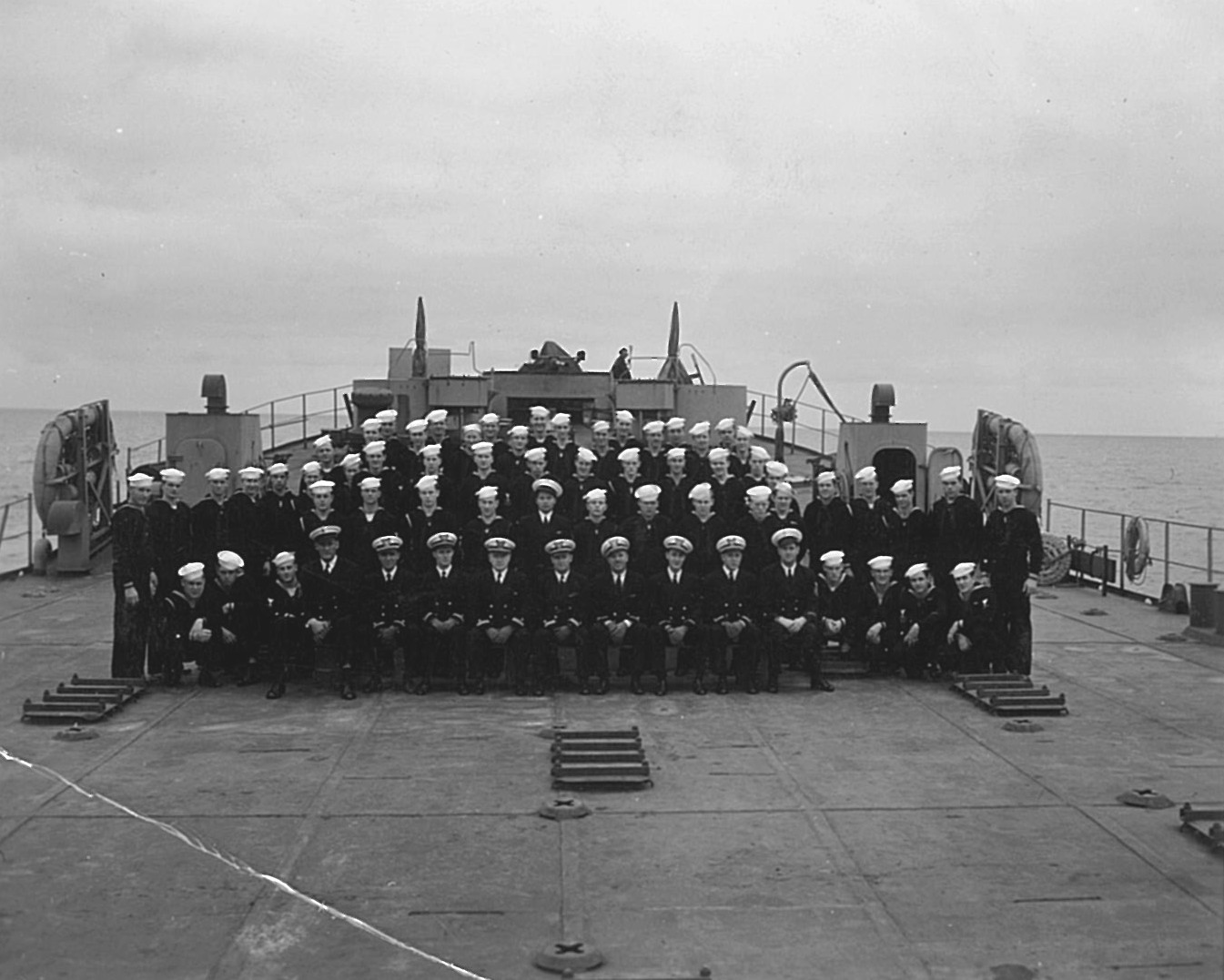 arbor, Oahu, T.H. on 21 May 1944. Under conditions of great personal danger from fire and explosions and with disregard of his own safety . . .” Nimitz’s citation concludes, “His actions on this occasion were in keeping with the highest traditions of the naval service.”
arbor, Oahu, T.H. on 21 May 1944. Under conditions of great personal danger from fire and explosions and with disregard of his own safety . . .” Nimitz’s citation concludes, “His actions on this occasion were in keeping with the highest traditions of the naval service.”
By summer’s end, LST 20 began preparing for its next amphibious operation. Meanwhile, Tezanos received orders to undertake Coast Guard Reserve Officer Training. In October, he found himself in New London, Connecticut, at the Coast Guard Academy to take the four-month program. By early spring 1945, he graduated and became one of the first Hispanic Americans to complete the service’s program. His wartime commissioning in mid-January 1945 also qualified him as one of the first Hispanic American officers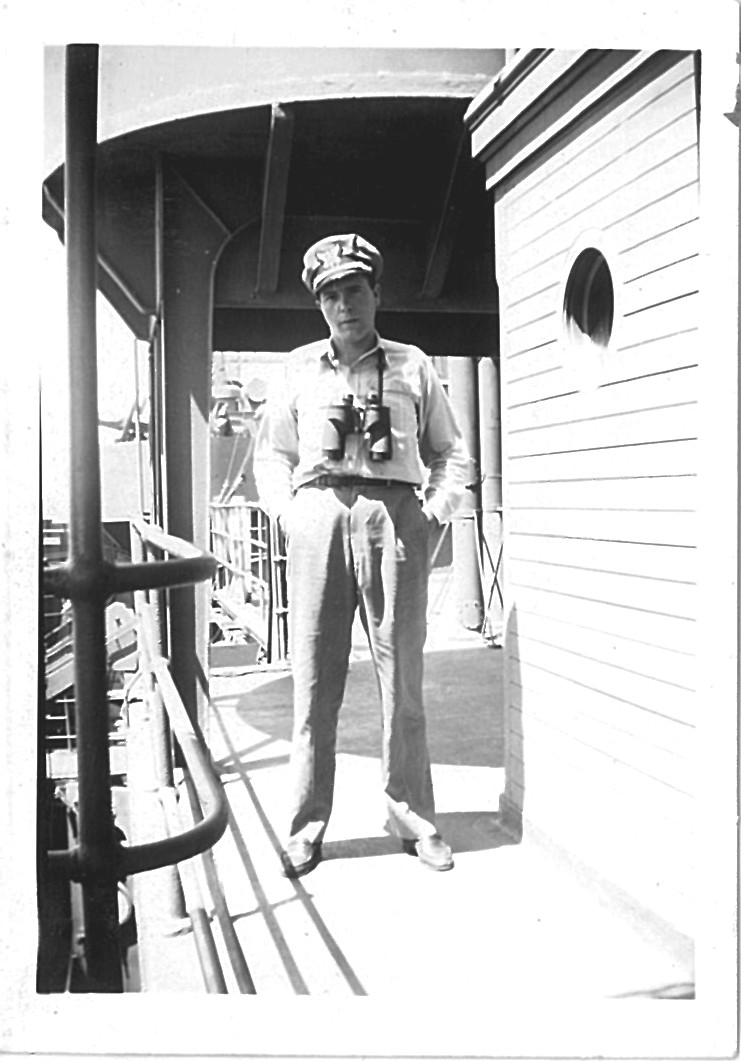 in the United States Coast Guard.
in the United States Coast Guard.
In May 1945, newly commissioned Ensign Tezanos returned to the West Coast to deploy as boat officer aboard the troop transport Joseph T. Dickman. He would spend the remainder of his wartime service aboard the Dickman, which spent most time transporting troops to the front. After the August 1945 conclusion of hostilities, the Dickman returned thousands of troops to the United States as part of 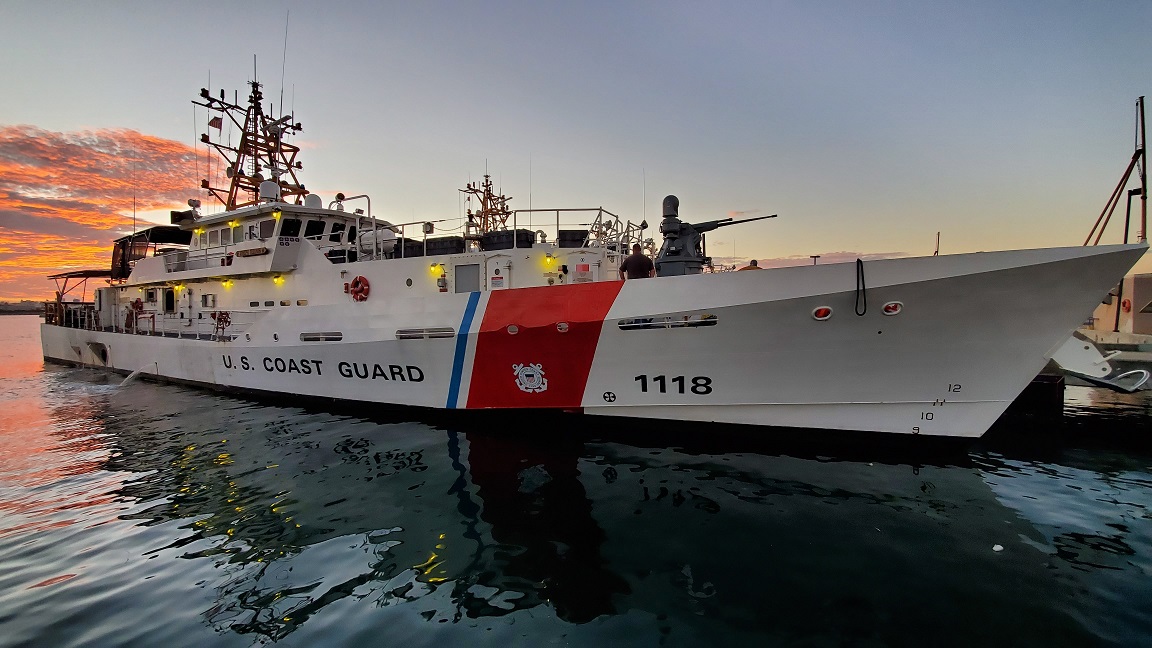 the so-called “magic carpet ride” back home. In January 1946, Tezanos arrived in San Francisco on the Dickman’s last trip and witnessed the ship’s formal decommissioning.
the so-called “magic carpet ride” back home. In January 1946, Tezanos arrived in San Francisco on the Dickman’s last trip and witnessed the ship’s formal decommissioning.
Joseph Tezanos’ Coast Guard career would end that spring, but his life was only beginning. He would go on to college, start a family, and become a successful international businessman. When he passed away in March 1985, he was interred at Arlington National Cemetery alongside many other Coast Guard heroes. Heroic lifesaver Joseph Tezanos was a member of the long blue line and his name graces one of the service’s Fast Response Cutters (FRC), Coast Guard Cutter Joseph Tezanos, commissioned in 2016 and currently homeported in San Juan, Puerto Rico. The Joseph Tezanos is one of seven FRC currently serving in San Juan. The cutter and its crew conducts counter-drug, alien-migrant interdiction operations, and search and rescue operations over an area of responsibility that covers the central and eastern Caribbean Ocean.